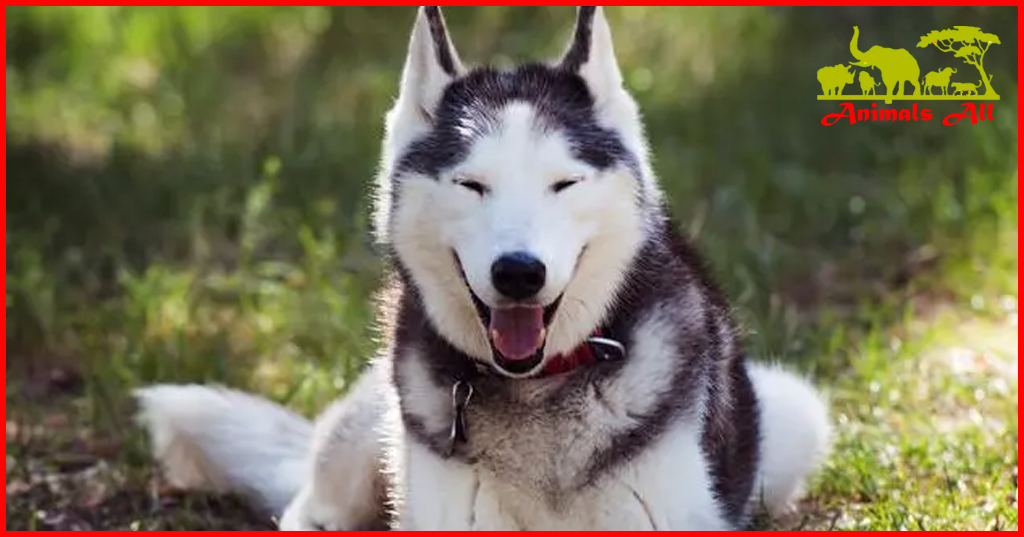
Siberian Husky: Exploring the History of the Husky
The Siberian Husky originated from sled dogs bred by the Chukchi people. It has survived famine, hybridization and Soviet control, and finally rose to become a global pet in the United States. Its unique functional form and gentle temperament are loved by people, making it a legendary representative of ice guardians and family pets.

The long history of the Husky
The Siberian Husky we know today is the result of long-term selective breeding, with a functional form that is perfectly suited to the harsh living environment. Imagine if we were to breed a dog today that could:
- Able to survive and function effectively in temperatures as low as -50°C without any artificial assistance;
- tirelessly pulling lightly loaded sleds across vast distances day after day in Arctic/sub-Arctic conditions;
- survive and thrive on minimal food;
- Smart enough to follow the instructions of the sled driver, but also have enough independent thinking and analytical ability to ignore instructions that may put the team in danger;
- Survive and work comfortably in temperatures up to 35°C;
- Ability to hunt and obtain food on their own if necessary;
- can live happily with a large number of other dogs with minimal friction;
- Care for the public, especially children, so that you can sleep with them in winter and keep them warm;
- Always stay beautiful;
- Combine unlimited capacity and passion for work with the ability to sleep anywhere, anytime;
- Ability to jump over or climb over high fences;
- Ability to dig holes and escape tunnels;
- It combines the characteristics of an iron-hard sled dog with those of the softest pet dog.

Chukchi : The origin of the Husky
The Siberian Husky is a direct descendant of sled dogs bred over thousands of years by the Chukchi people of northeastern Siberia. The Chukchi, whose name comes from the Chukchi word “chukcha” (meaning “reindeer-rich”) or the Russian “chavchu” (meaning “reindeer people”), make their living primarily on reindeer. A subset of the Chukchi – the “Sea Chukchi” – live in summer coastal villages, hunting seals, walruses and whales for food and using dog sleds for transportation.
Sled dogs were vital to the survival of the Maritime Chukchi people. Many of the characteristics of today’s Siberian Huskies originated from the Chukchis thousands of years ago. For example, their temperaments had to be gentle enough to coexist peacefully with humans and other dogs. Chukchis were also gentle enough that they would sleep with children, like “dog duvets.”

Economic and Cultural Importance of Huskies
The Chukchi also holds an important place in Chukchi religion and mythology. One legend holds that two sled dogs guard the gates of heaven. That they have the power to reject anyone who was cruel to dogs while they were alive. Another legend claims that during a time of famine. A Chukchi woman nursed two puppies at her breast to ensure the breed’s survival.
The conventional wisdom about the breed’s origins holds that the Chukchi is a direct descendant of purebred dogs dating back about 1,000, 2,000, or 3,000 years. The truth is much more complicated and interesting. Many of Siberia’s indigenous peoples used sled dogs for transportation, and the practice has continued for thousands of years. In fact, the Siberian Husky and the Alaskan Malamute (along with 12 other breeds) have been identified as 14 “ancient breeds” of domesticated dogs, whose genetic lineage has been distinct from wolves for thousands of years.
Hybridization and survival in history
After a series of devastating famines in the 1860s killed most of their dog stock. The Chukchi gradually reestablished their sled dog population by crossing the few remaining dogs with other available breeds, primarily the smaller, red, fox-like Tunguska Spitz.
Starting in the mid-17th century, the Chukchi people were gradually influenced by Russia in cultural, political and economic terms, and their lives began to change. Although the Chukchi people were called the “Apaches of the North” because of their fierce resistance to invasion, Russia eventually controlled Chukotka through trade rather than violence. An unexpected side effect of opening up trade was the importation of smallpox epidemics, which decimated the Chukchi people.

The new Soviet regime set up its own dog breeding program after the Bolshevik Revolution in 1917, bureaucratically controlling and standardizing everything. In 1952, the Soviet Union issued a statement denying that the Chukchi had ever existed as a distinct breed and that the “Siberian Husky” was an American-bred breed with no connection to Siberia.
Many contemporary Russian canine historians still adhere to this “official” view, even though the Soviet Union itself is history. In fact, every Siberian Husky in the world can trace its lineage back to a handful of intact males/females imported into the United States in the early 20th century.

The rise of the Huskies in the West
Ironically, as the breed’s survival in its native land became increasingly threatened. It gained a foothold in the New World across the Bering Strait. The influx of thousands of people into Alaska as a result of the Klingdike Gold Rush led to a huge increase in demand for sled dogs. Thousands of dogs (often unsuited to work in Arctic/sub-Arctic conditions) were brought north from Canada and the United States.
The new settlers in Alaska had money in their pockets and needed some rest and relaxation after the gold rush. The new sport of sled dog racing also flourished, and the Nome Kennel Club organized the All-Alaska Sweepstakes. The race was first held in 1908 and showcased the extraordinary abilities of the “little Siberian rats.”


2 thoughts on “Siberian Husky: Exploring the History of the Husky”
Comments are closed.